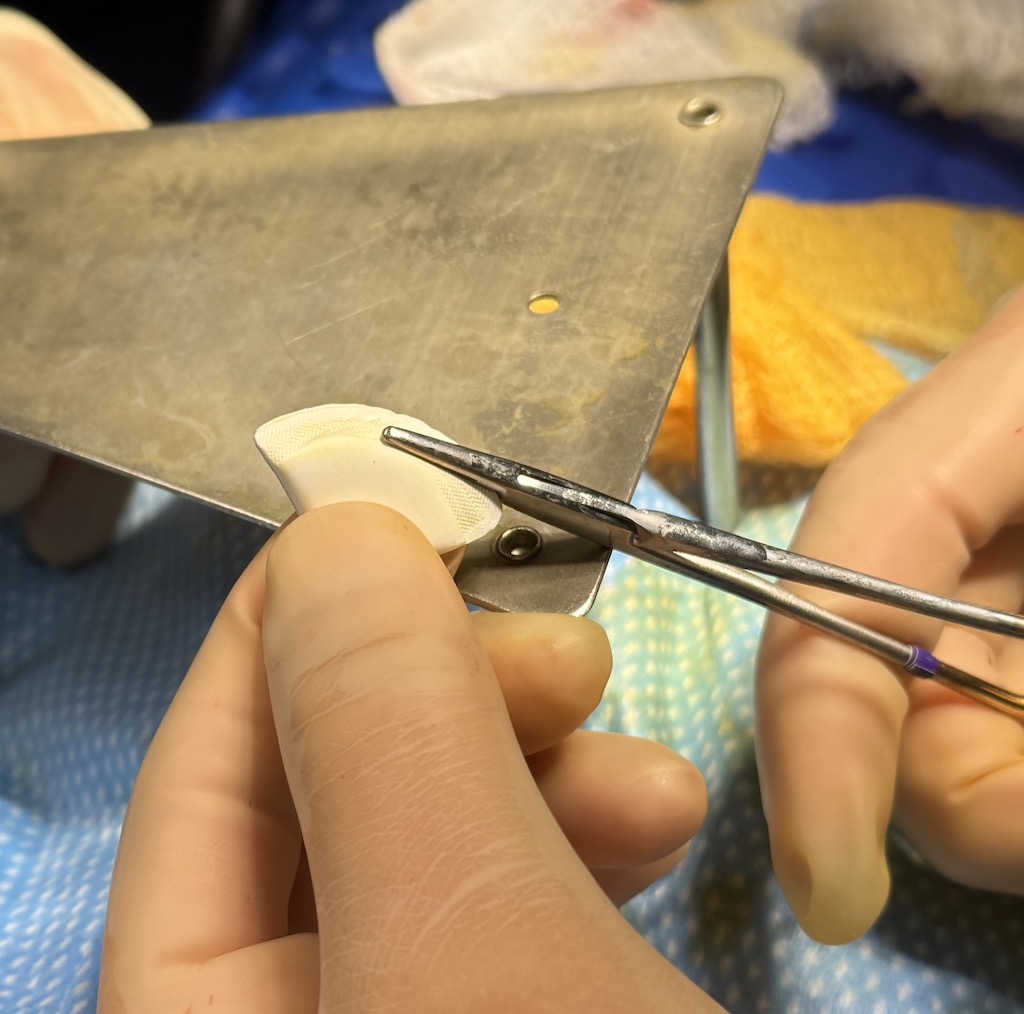One of the smallest areas of facial augmentation by bony surface area is the pyriform aperture region of the midface. The lower base of the nose is divided into two zones, paranasal and premaxillary. Both areas provide support to the base of the nose but with different effects. The paranasal region builds up the base of the nostrils underneath the alar-facial junction. It can also help soften the deepest of the upper nasolabial fold. Conversely premaxillary augmentation has a central effect pushing out the anterior nasal spine area underneath the columella. Often done together premaxillary and paranasal implants create a lower central midface augmentation effect.
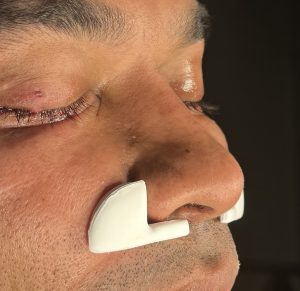
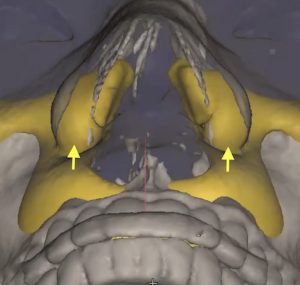
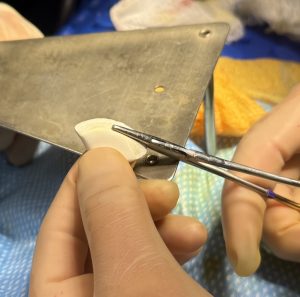
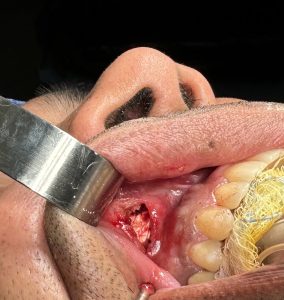
Dr. Barry Eppley
World-Renowned Plastic Surgeon

